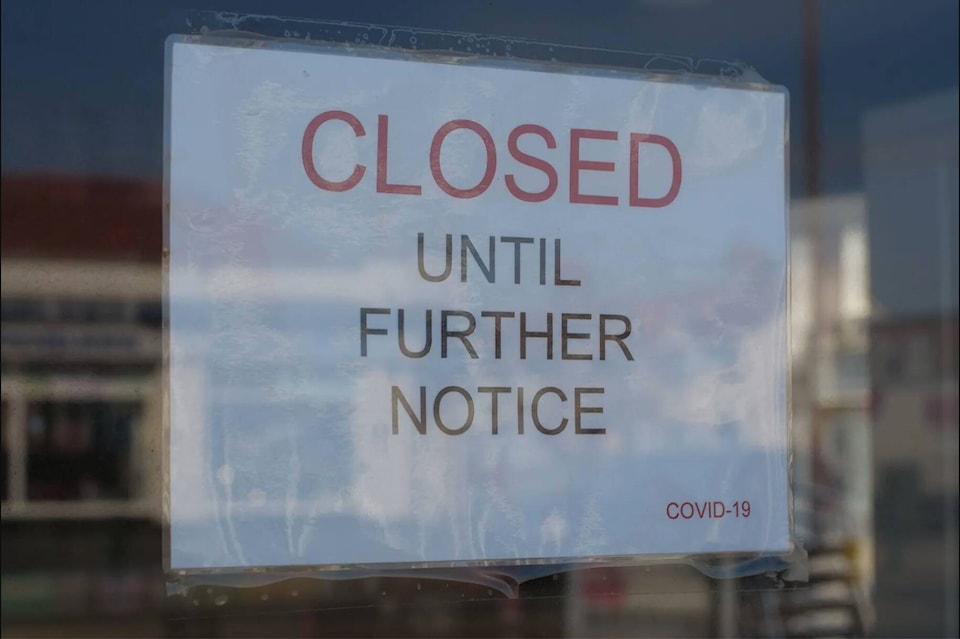A new study from UBC Okanagan is looking at the balance of the costs of the COVID-19 pandemic, the handling of lockdowns and its effect on the economy.
When the pandemic started nearly two years ago, provincial and federal governments immediately put in lockdowns as an effort to stop the spread of the disease. But the pandemic has gone on longer than people expected and governments have had to reconsider the costs of imposing and extending lockdowns.
Dr. Rebecca Tyson, who teaches mathematics in the Irving K. Barber Faculty of Science at UBCO and a team of researchers have been looking into the effects and costs of the pandemic shutdowns.
“Our study is motivated by the hesitation shown by some leaders to implement strict control measures to slow the spread of COVID-19, in part due to the huge toll to the economy,” Tyson said. “For informed decision-making, it is clear that we need some objective quantification of the total cost of both the health crisis and the economic shutdown measures. With this research, we present a disease and economic cost model that is a useful tool for evaluating shutdown options.”
In the model the team looked at the Canadian dollar and the economic costs of a shutdown as measured by loss of gross domestic product, while also taking into consideration the expenses of medical care for the infected and lives lost.
Because these are two things are very different to compare, Tyson and her team used the Pareto Principle which allowed them to decide how to value lives lost without sticking to a pre-configured statistical cost of a life. The Pareto Principle is known as the 80/20 rule. It outlines that 80 per cent of consequences come from 20 per cent of the causes, which serves as a reminder that relationships are unbalanced.
The ultimate goal is finding out what works best for everyone when it comes to saving lives as well as keeping the economy going.
“We aimed to determine what type of shutdown strategy minimizes costs over the period of the entire pandemic,” said Tyson.
After the original shut down in March 2020, eventually, the majority of economies for the most part opened back up. The thought was that with rules like social distancing, mask-wearing and hand-washing still being in place and through contact tracing, the spread would still be controlled. Those efforts weren’t effective as thought as it has led to further shutdowns.
In the study, it was determined that it was right to go into a severe shutdown at the beginning of the pandemic, both by the provincial and federal governments but over time trying to open up quickly like last summer might be costly in the long run. It is suggested that if the shutdowns were lifted in a more gradual sense, the economic cost wouldn’t have been as drastic as businesses wouldn’t have been forced to close, re-open, close or be reduced to limited capacity once again.
“While our model is in no way a comprehensive representation of all of the costs and benefits of shutdown measures, it does contain the salient features of the system and the patterns in our results reflect real dynamics,” said Tyson. “Decision-makers must balance many competing and equally important demands when setting policies, and so it is critical that they have access to scientific studies that look at the whole picture.”
The study can be found here.
READ MORE: ‘I’m just exhausted’: Inside a Toronto hospital during the Omicron wave of COVID
READ MORE: Condos considered for Kelowna’s Coronation Ave.
@cunninghamjordy
jordy.cunningham@kelownacapnews.com
Like us on Facebook and follow us on Twitter.
